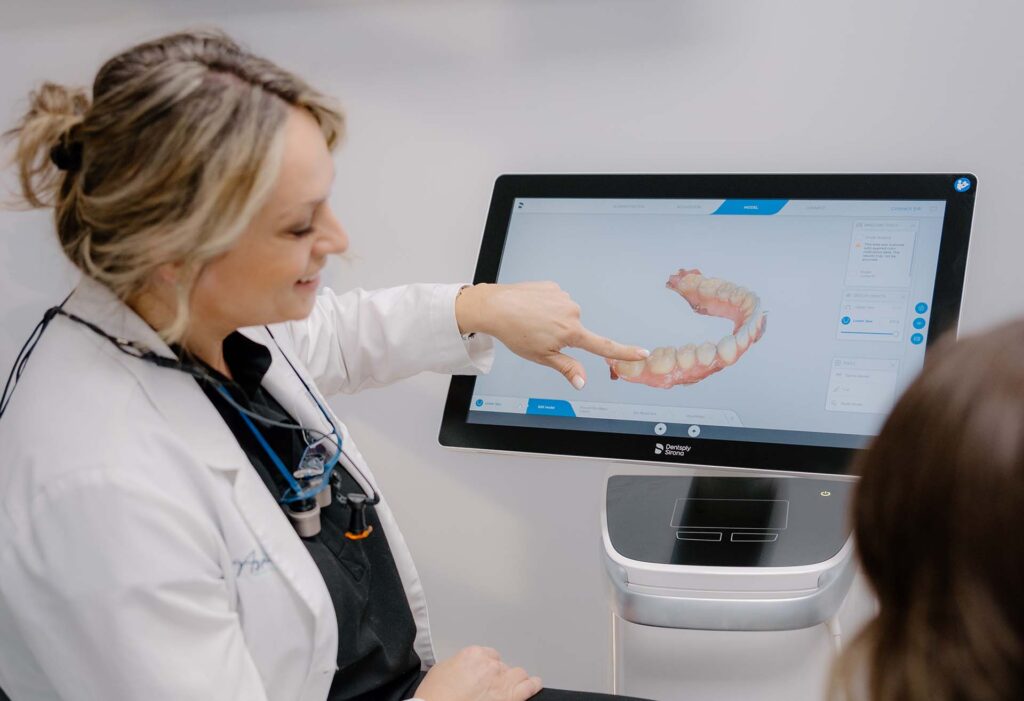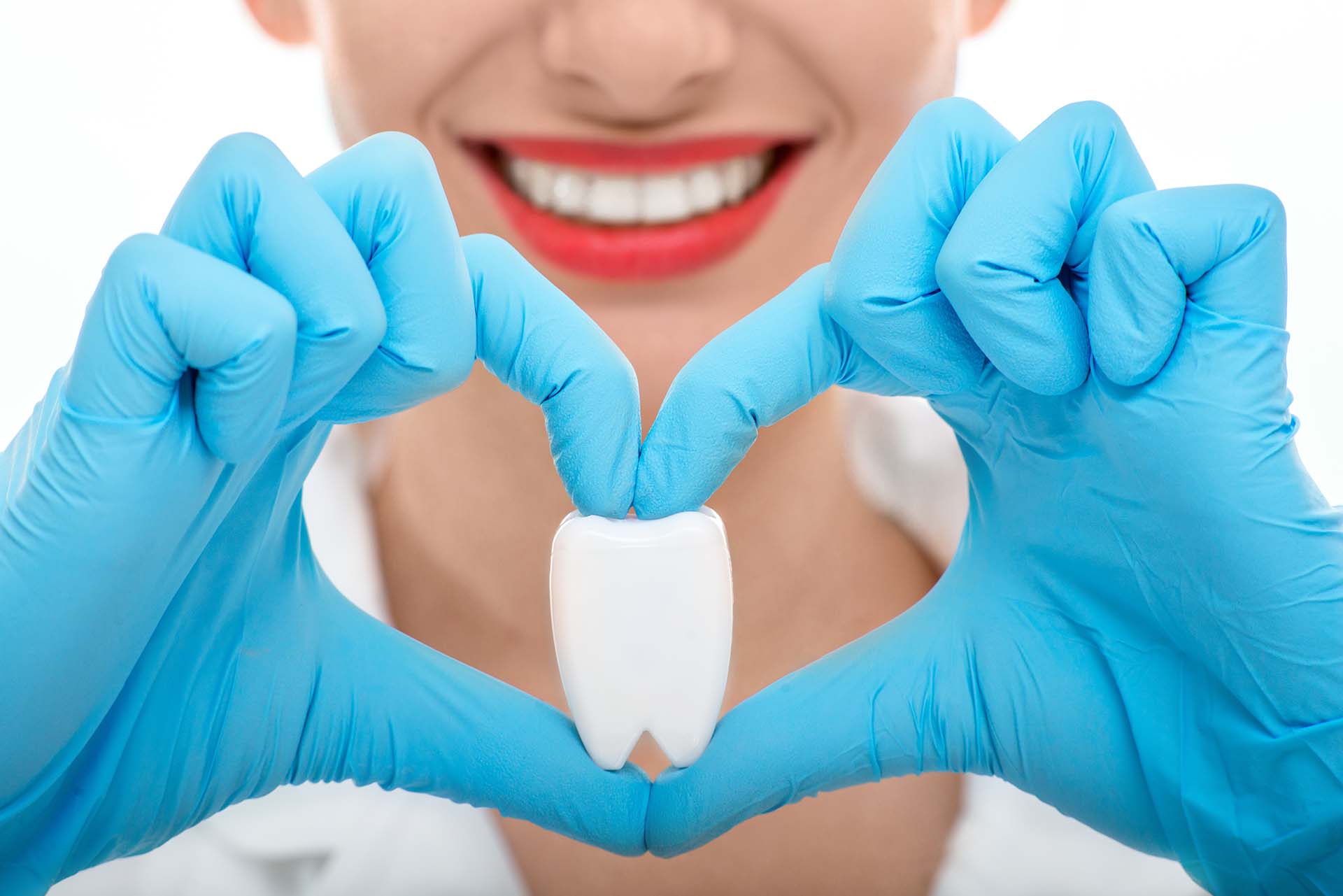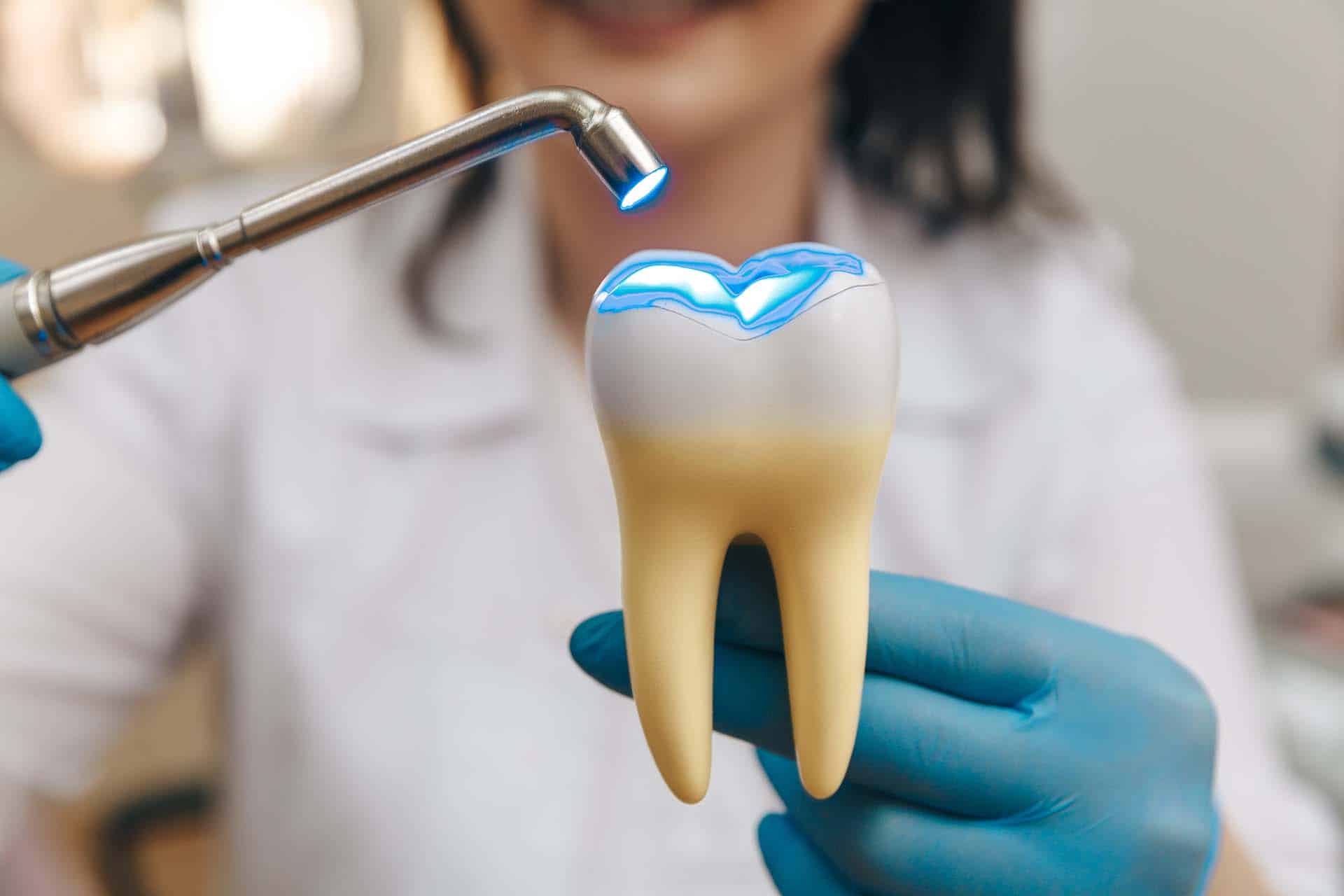Just when you think you’re done with losing teeth, your dentist tells you it’s time for wisdom tooth removal. However, unlike those wiggly baby teeth, this treatment requires some extra care and precaution. Knowing how to ease wisdom tooth removal pain effectively will turn the healing process into a journey of ease and comfort. Let’s get you back to your best self with a few expert tips and tricks.
Why Do Wisdom Teeth Cause So Much Discomfort?
Between the ages of 17 and 25, wisdom teeth, the third set of molars, those large, flat teeth at the very back, might start causing some trouble. To break through the gum line and complete your chewing mechanism, they begin moving up through the jawbone.
However, they might not be able to complete this journey, which is a condition known as impacted wisdom teeth. Research has shown that around 70% of people have at least one. It can affect teeth alignment, as well as pose a challenge to maintaining good oral hygiene. To keep your smile healthy, your Charlotte dentist in South Park might recommend wisdom tooth removal.
How Long Does the Healing Process Take?
On average, recovery from wisdom teeth removal takes one to two weeks. In most cases, you’ll be able to continue with your daily routine in just a few days, but you might experience some discomfort and swelling immediately after the treatment. It is crucial to go through these initial healing stages as carefully as possible – your comfort is the baseline for a speedy recovery.
Follow Your Dentist’s Instructions Closely
You’ll be leaving the dentist’s office with a gauze pad covering the extraction site. This dressing should be changed frequently to prevent dry socket, a dislodged blood clot that can cause quite a bit of discomfort. Your dentist in Charlotte, NC, will tell you everything you need to know – your only task is to follow these instructions closely.
As for cleaning your teeth, be extremely careful not to harm the affected area. Instead of a toothbrush, you can use prescription mouthwash, but make sure to discuss this with your dentist as well.

Your Dentist Will Point You Toward the Right Medication
So, what to do for pain after wisdom teeth removal? Well, the first one is obvious – proper medication. The same sentiment remains – talk to your Charlotte, NC, dentist, and if they’ve given you a prescription, follow it to a tee.
In most cases, it will be a nonsteroidal anti-inflammatory drug (NSAID) like aspirin or ibuprofen. American Dental Association research shows that these medications reduce inflammation of the affected area, helping relieve discomfort. If you’re still having some troubles, there are plenty of other options to make sure your healing process is as comfortable as it can be.
Applying An Ice Pack – The Oldest Trick in the Book
Be it inserting dental implants or removing wisdom teeth, there’s a reason why using an ice pack is the go-to solution. It helps reduce inflammation and can also have a numbing effect. If you don’t have an ice pack, you can put crushed ice in a ziplock bag or wrap it in a towel, pressing it onto your cheek for 15 minutes at a time. Repeat this process a few times a day.
Heating Pads Can Be Good Too
Heating pads, hot water bottles, or a warm, damp towel – gentle heat can be great for relieving tension as well. Just like the ice pack, you should do it for 15 minutes at a time, and you can even switch between hot and cold – for some people, it works wonders.
Ask Your Dentist to Recommend a Numbing Gel
A numbing gel can be an effective option too, but make sure to talk to your dentist about it. Some of them, such as Orajel and Anbesol, are available over the counter. Usually, they are applied directly onto the gums several times a day, but keep in mind that some people can be allergic to benzocaine, the active ingredient in these gels.

How to Ease Wisdom Tooth Removal Pain With Natural Remedies
In addition to prescribed medication and tried and true methods as old as time, there are a few natural remedies that can provide temporary relief. It goes without saying, but these home treatments should be discussed with your dentist as well. Here are some options:
- Saltwater rinse – swishing around a teaspoon of salt dissolved in warm water can help reduce bacteria and inflammation,
- Peppermint – menthol is a natural cooling compound, so applying peppermint extract with a cotton ball or using cooled tea as a mouth rinse can help relieve tension,
- Menthol – you can also dilute menthol mouthwash and apply it directly to the extraction site,
- Tea bags – apply a cold tea bag to the affected area, as tannins in tea bags have antibacterial and anti-inflammatory effects,
- Aloe vera – a pure aloe vera gel can be used to cool the extraction site, helping you alleviate discomfort,
- Garlic and ginger – crushed garlic paste can reduce discomfort and help avoid infection, and combining it with ginger can make it even more effective,
- Essential oils – oils like tea tree, thyme, oregano, and lavender can do wonders with inflammation, but make sure you dilute them first.
What Should You Avoid After Wisdom Teeth Removal?
Now that we’ve discussed the remedies, let’s flip the script and point out a few things you should avoid at all costs. It’s equally as important to the healing process. Here’s what you should steer clear of:
- Using straws, as this can dislodge the blood clot that has formed over the extraction site,
- Eating hard-to-chew foods, such as nuts, cereals, granola, and popcorn,
- Chewing near the affected area,
- Smoking or drinking alcohol, preferably for the entire recovery period,
- Using over-the-counter mouthwash – opt for the one recommended by your dentist instead.
Aspire Dental Wellness Is the Name – Comfort Is the Game
Led by Dr. Sladjana Bjelac, the team at Aspire Dental Wellness prioritizes comfort every step of the way. You’ll be feeling nice and cozy even before the healing actually begins. Thanks to our holistic dentistry practice and experience, we combine state-of-the-art dental care with amenities like aromatherapy and noise-canceling headphones to create a relaxing experience. It’s the first step to a comfortable recovery – contact us today, and let’s start this journey together.



